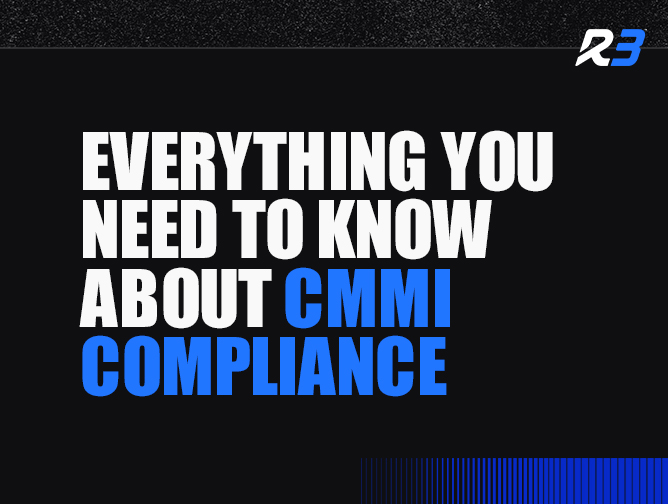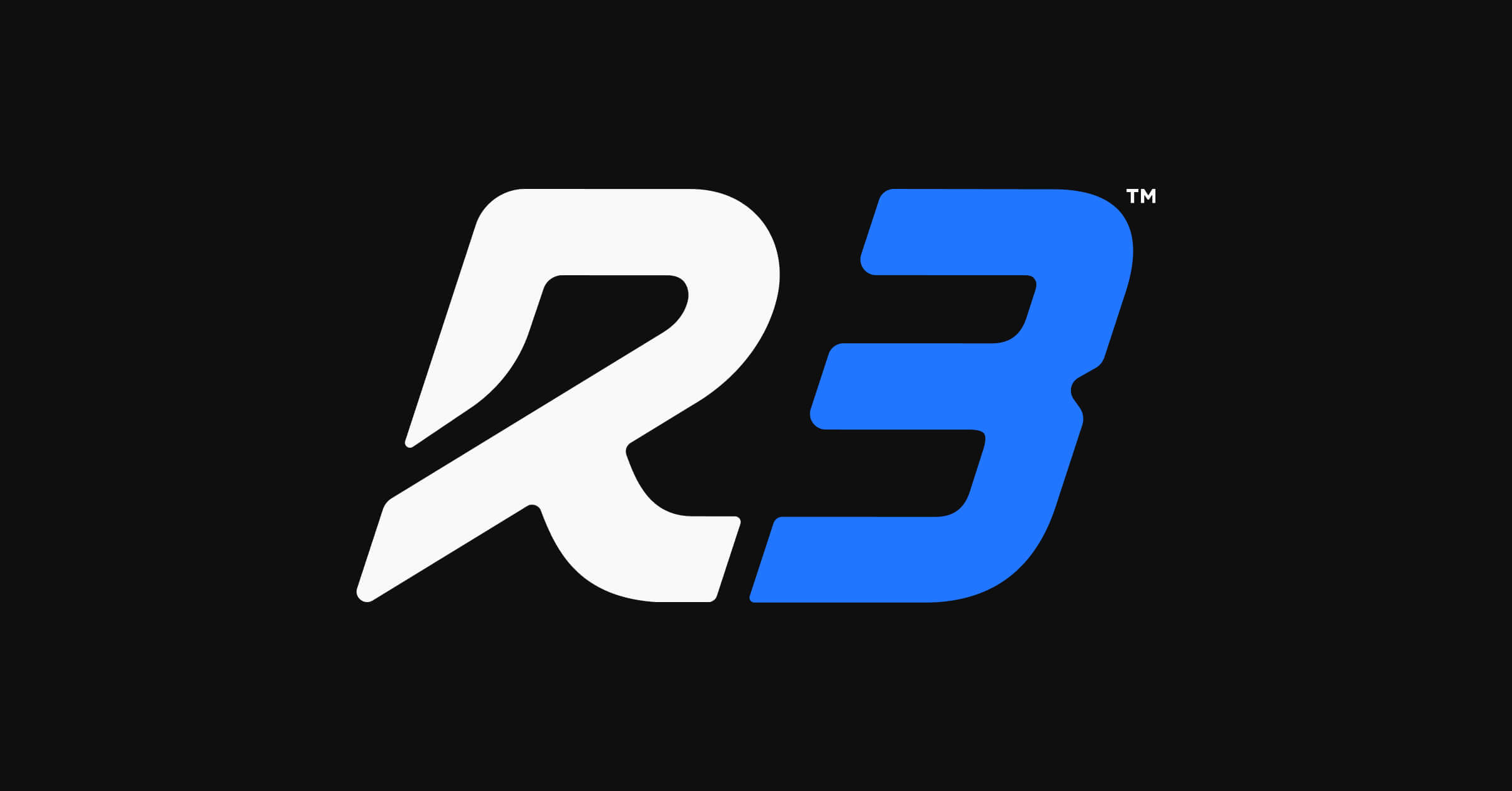The Capability Maturity Model Integration (CMMI) is a framework that provides a set of best practices to improve and optimize processes within an organization, particularly in the areas of software and systems development. It offers a comprehensive approach to assessing and enhancing an organization’s capabilities, promoting efficiency, quality, and overall performance. Companies in industries such as software development, defense, healthcare, and aerospace, among others, should be concerned about CMMI compliance, as it enables them to systematically improve their processes, enhance product and service quality, and align with industry standards, ultimately fostering organizational growth and competitiveness.
CMMI 2.0 not only helps organizations standardize and improve their processes, but also streamlines their operations, reduces inefficiencies, and minimizes errors, leading to higher productivity and better quality outcomes.
By emphasizing the importance of quality in all aspects of business processes, CMMI practices lead to the development of high-quality products and services, which can enhance customer satisfaction and loyalty.
Other benefits include better risk management, increased efficiency, compliance and standardization, competitive advantage, and—seeing as CMMI is recognized globally as a standard for process improvement—global recognition.
Importance of CMMI Compliance
Achieving CMMI compliance demonstrates a commitment to quality and efficiency. Organizations that adhere to CMMI standards can expect several benefits:
- Enhanced Process Efficiency: Streamlining processes leads to reduced waste and increased productivity.
- Improved Quality of Output: Consistent, high-quality deliverables become the norm.
- Better Project Management: Enhanced planning and monitoring result in successful project completions.
- Increased Customer Satisfaction: High standards lead to better products and services, resulting in happier customers
Steps to Implement CMMI in Your Organization
1. Understand the CMMI Model
Before diving into implementation, it’s crucial to understand the structure and components of the CMMI model. CMMI consists of multiple maturity levels, each representing a stage of process improvement. Familiarize yourself with these levels and the specific areas they cover. See below for additional details of the maturity levels for CMMI compliance.
2. Conduct a Gap Analysis
A gap analysis helps determine where your organization currently stands concerning CMMI standards. This step involves comparing your current processes with CMMI requirements to identify areas needing improvement. Engaging a certified CMMI consultant, like R3, can provide an objective assessment during this phase.
3. Develop an Implementation Plan
Based on the results of the gap analysis, create a detailed implementation plan. This plan should outline specific actions to address identified gaps, assign responsibilities, set timelines, and allocate necessary resources. Ensure that the plan includes training programs for employees to familiarize them with CMMI practices.
4. Implement Process Improvements
Begin implementing the changes outlined in your plan. Focus on one process area at a time to avoid overwhelming your team. Make sure to document changes meticulously and communicate them clearly across the organization.
5. Perform Regular Assessments
Regular assessments are vital to ensure that implemented changes are effective and align with CMMI standards. These assessments provide feedback on the progress and highlight areas that may require further adjustment. Tools like SCAMPI (Standard CMMI Appraisal Method for Process Improvement) are often used for this purpose.
6. Pursue CMMI Certification
Once you have implemented the necessary improvements and conducted internal assessments, consider pursuing formal CMMI certification. This involves an official appraisal by a certified lead appraiser who evaluates your organization’s adherence to CMMI practices.
7. Continuous Improvement
CMMI emphasizes continuous improvement. Even after achieving compliance, strive to refine and enhance processes regularly. Encourage a culture of quality and excellence within your organization to maintain high standards and adapt to changing market demands
CMMI Maturity Levels
1. Initial
Processes are seen as poorly controlled, reactive, and unpredictable, leading to increased risks and inefficiency.
2. Managed
While the focus is on basic project management processes and establishing the foundation for effective project delivery, processes are still frequently reactive and only tied to projects.
3. Defined
Processes are well characterized, understood, and are described in organization-wide standards, procedures, tools, and methods. The organization is becoming more proactive than reactive.
4. Quantitatively Managed
Processes are quantitatively managed, measured, and controlled. Performance is controlled using statistical and other quantitative techniques, and the organization is implementing predictable processes that meet organizational goals.
5. Optimizing
Processes are well characterized, understood, and are described in organization-wide standards, procedures, tools, and methods. The organization is becoming more proactive than reactive. At Level 5, processes are stable, flexible, and continually improved based on a quantitative understanding of their performance and the needs of the organization.


CMMI Requirements
CMMI requirements are grouped into Category Areas, Capability Areas, and Practice Areas. Here are the requirements, or “Capability Areas”, in relation to the Category Areas.
Doing
- Ensuring quality
- Engineering & developing products
- Delivering & managing services
- Selecting & managing suppliers
Managing
- Planning & managing work
- Managing business resilience
- Managing the workforce
Enabling
- Supporting implementation
- Managing safety
- Managing security
Improving
- Sustaining habit and persistence
- Improving performance
CMMI Process Framework
There are four types of CMMI 2.0 appraisal methods:
Evaluation:
This is an informal, flexible appraisal that helps organizations prepare for the Benchmark Appraisal. It helps identify gaps and areas for improvement before the official appraisal.
Benchmark:
This appraisal identifies opportunities for how organizations can improve the implementation of their processes and overall business performance. A successful appraisal results in a Maturity Level rating that’s valid for 3 years.
Action Plan Reappraisal:
This is essentially a “second-chance” appraisal for organizations that narrowly miss their targeted Maturity Level in a previous appraisal.
Sustainment
Two years after achieving a Benchmark appraisal, organizations can have this appraisal done to determine if they’re still maintaining their appraisal level and to extend their maturity level rating. Many organizations opt for this appraisal because it takes less time and is cheaper than the Benchmark Appraisal.
A CMMI audit is a valuable tool for assessing and enhancing your organization’s process capabilities. By following these steps, you can conduct a thorough and effective audit that identifies opportunities for improvement and drives your organization towards higher maturity levels. Remember, the ultimate goal of a CMMI audit is not just compliance but the continuous improvement of processes for better organizational performance.






